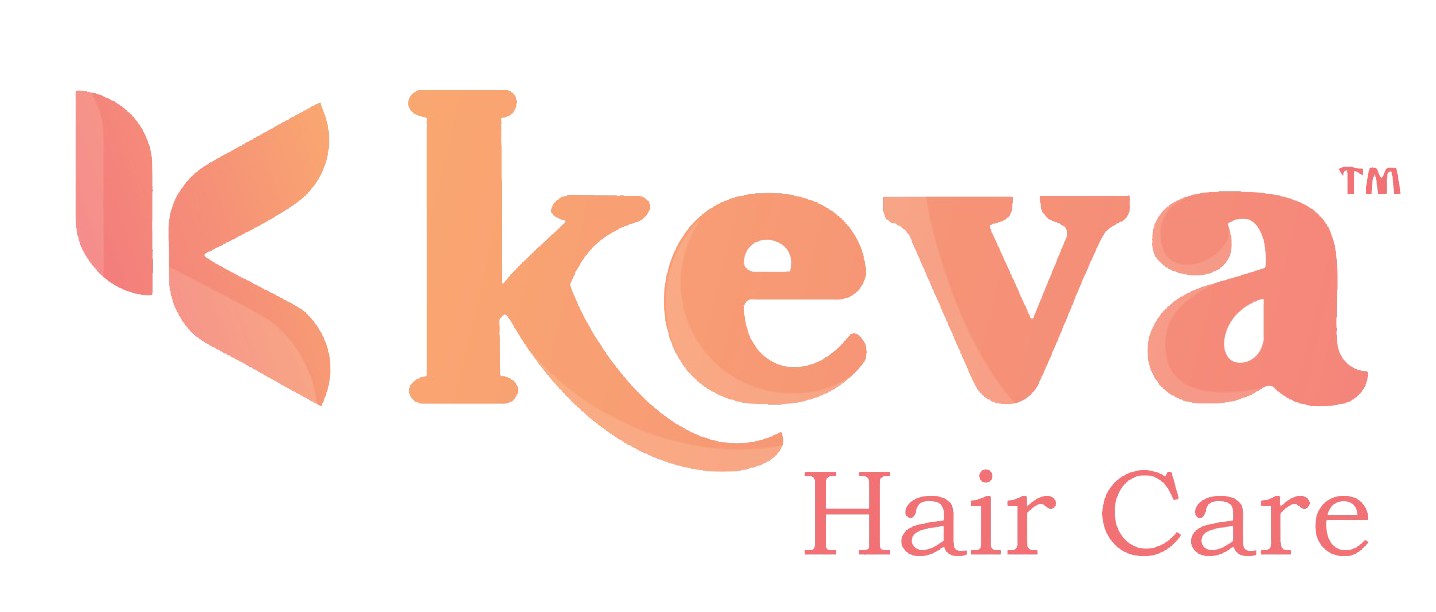Exploring Emerging Technologies and Advancements in Hair Transplant Procedures
Hair loss is a common concern that affects millions of people worldwide. With advancements in medical technology, hair transplant procedures have evolved significantly over the years. Gone are the days of unnatural, noticeable hair transplants. Today, the focus is on making hair restoration as natural, efficient, and minimally invasive as possible. In this blog, we will explore the latest emerging technologies and advancements in hair transplant procedures that are shaping the future of hair restoration.
1. Robotic Hair Transplants: Precision and Automation
Overview:
Robotic technology has revolutionized various medical fields, and hair restoration is no exception. Robotic-assisted hair transplants, such as the ARTAS Robotic System, use advanced imaging and artificial intelligence to extract and transplant hair follicles with incredible precision.
How It Works:
The robotic system automates the follicle extraction process using a high-definition camera and a sophisticated algorithm to identify and select the healthiest hair follicles. It then uses a robotic arm to remove the follicle from the donor area and transplant it to the thinning or balding areas.
Advantages:
- Precision and Accuracy: Robotic systems reduce the human error factor, ensuring a higher degree of accuracy in graft placement and follicle extraction.
- Faster Recovery: As robotic procedures are minimally invasive, patients tend to recover more quickly compared to traditional methods.
- Minimal Scarring: The automated process minimizes the damage to surrounding tissue, reducing scarring and ensuring a more natural-looking result.
2. Stem Cell and Hair Cloning Technology
Overview:
Stem cell therapy and hair cloning are groundbreaking advancements that hold the promise of transforming the hair restoration process. Stem cells have the ability to regenerate and repair tissues, including hair follicles.
How It Works:
In hair cloning, scientists extract healthy hair follicles from the patient, isolate stem cells from them, and cultivate new hair follicles in a laboratory. These new follicles can then be implanted into areas affected by hair loss.
What’s Next:
Currently, stem cell treatments are in the experimental stages, but as the technology matures, it may allow for an unlimited supply of new hair follicles, which could eliminate the need for donor hair.
Advantages:
- Unlimited Hair Supply: Stem cell therapy could potentially create a virtually endless number of hair follicles, addressing the most severe cases of hair loss.
- Regeneration of Damaged Follicles: Stem cells can help regenerate damaged or dormant hair follicles, encouraging natural hair growth.
- Permanent Solution: Hair cloning has the potential to offer long-term, permanent solutions for hair loss.
3. Platelet-Rich Plasma (PRP) Therapy: Enhancing Growth Factors
Overview:
Platelet-Rich Plasma (PRP) therapy has become a popular non-surgical treatment for hair regrowth. The procedure involves extracting a patient’s blood, processing it to concentrate the platelets, and then injecting the plasma into the scalp to stimulate hair follicles.
How It Works:
PRP therapy stimulates hair growth by delivering growth factors directly to the scalp. These growth factors can help rejuvenate hair follicles, encourage dormant follicles to regrow hair, and improve the overall thickness and quality of existing hair.
Emerging Trends:
Advancements in PRP technology aim to increase the efficiency of platelet extraction and enhance the therapeutic benefits. The future of PRP therapy may involve using more sophisticated techniques to isolate specific proteins or growth factors that encourage hair regrowth.
Advantages:
- Minimally Invasive: PRP therapy is a non-surgical, relatively quick treatment with little to no downtime.
- Natural Regrowth: As PRP uses the patient’s own blood, the risk of allergic reactions or rejection is eliminated.
- Enhances Transplant Results: PRP therapy can be used in conjunction with hair transplant surgery to improve graft survival rates and enhance overall hair growth.
4. AI-Driven Hair Restoration Planning
Overview:
Artificial Intelligence (AI) is making waves across numerous industries, and hair restoration is no exception. AI is being used to analyze hair loss patterns, recommend personalized treatments, and assist surgeons during procedures.
How It Works:
AI-powered systems can evaluate the patient’s scalp, analyze the health of their hair follicles, and predict the progression of hair loss. By using this data, AI can help surgeons plan the most effective treatment, from the number of grafts to the optimal areas for hair extraction.
What’s Next:
AI systems are expected to become more advanced, offering real-time data analysis during surgeries. AI may even automate graft placement, optimizing the distribution of hair follicles for the most natural look.
Advantages:
- Personalized Treatment: AI allows for a more customized approach to hair restoration based on individual hair loss patterns.
- Faster and More Accurate Planning: AI can significantly reduce the time needed for treatment planning and improve the overall accuracy of the procedure.
- Better Results: AI can ensure that each follicle is placed in the most optimal position for natural-looking results.
5. Microneedling and Laser Therapy: Non-Invasive Hair Regrowth
Overview:
Microneedling and low-level laser therapy (LLLT) are non-surgical treatments that have gained popularity in recent years for promoting hair regrowth. Both techniques stimulate hair follicles to promote natural hair growth by enhancing blood flow and encouraging collagen production in the scalp.
How It Works:
- Microneedling: Tiny needles are used to create micro-injuries in the scalp, which stimulates healing and promotes hair regrowth.
- Laser Therapy: Low-level lasers are applied to the scalp to increase blood flow and encourage the growth of hair follicles.
Emerging Trends:
The future of microneedling and laser therapy lies in their combination with other treatments like PRP or stem cell therapy. These combined treatments could provide a more effective solution to hair loss and speed up the recovery process.
Advantages:
- Non-Surgical: Both treatments are non-invasive and require minimal downtime.
- Safe for All Hair Types: Microneedling and laser therapy are safe and effective for various hair types and stages of hair loss.
- Complementary Treatments: These therapies can be used alongside hair transplants to improve overall results.
6. Scalp Micropigmentation (SMP): The Art of Illusion
Overview:
Scalp Micropigmentation (SMP) is a cosmetic procedure that involves applying tiny, tattoo-like dots to the scalp to mimic the appearance of hair follicles. While it does not involve hair regrowth, it is an excellent option for individuals with thinning hair who want to achieve the look of a fuller scalp.
How It Works:
SMP involves the application of specialized pigments to the scalp to create the illusion of a shaved or fuller head of hair. This is especially beneficial for those with diffuse thinning or receding hairlines.
Emerging Trends:
The future of SMP lies in achieving even more realistic results by using advanced pigments that more closely match the color and texture of natural hair. There is also potential for combining SMP with hair transplants for those seeking a more dramatic transformation.
Advantages:
- Non-Surgical: SMP is a non-invasive procedure with no downtime.
- Instant Results: Unlike hair transplants, the results of SMP are visible immediately.
- Low Maintenance: SMP requires minimal upkeep and can last several years.
Conclusion: A New Era for Hair Restoration
The future of hair transplant technology is both exciting and promising. With advancements in robotic systems, stem cell research, AI-driven treatments, and non-invasive solutions, patients now have access to more effective, less invasive, and personalized hair restoration options than ever before.
As the field continues to innovate, these emerging technologies will provide patients with natural, long-lasting solutions to hair loss. If you are considering a hair transplant or exploring new treatment options, it’s important to consult with a trusted, experienced professional who can guide you through the latest advancements and help you achieve the results you desire.
At Keva Hair Care, we are committed to staying ahead of the curve, offering the most advanced treatments available to ensure our patients receive the best care possible. Ready to take the first step toward fuller, healthier hair? Contact us today for a consultation.
Keva Hair Care
Address: No 424K, 3rd Floor, Harmony Complex, Diwan Bahadur Rd, above ICICI Bank, above Pandiyan Medicals, R.S. Puram, Coimbatore, Tamil Nadu 641002.
Phone: +91 95855 25905
Website: https://kevahaircare.com
Frequently Asked Questions
What is the success rate of hair transplants at Keva Hair Care?
Our hair transplant procedures have a high success rate, thanks to our skilled surgeons and advanced techniques. We aim to provide natural and long-lasting results.
How long does it take to recover from a hair transplant?
Recovery typically takes 7–10 days, but most patients can resume regular activities within a few days. We provide comprehensive post-care instructions to ensure smooth healing.
Is a hair transplant permanent?
Yes, hair transplants provide permanent results as the transplanted hair follicles are resistant to hair loss. However, maintaining healthy hair requires proper care.
Are there any side effects of hair transplant procedures?
Minor side effects such as swelling or redness may occur but subside within a few days. Our team ensures the procedure is safe and minimally invasive.
How do I book a consultation at Keva Hair Care?
You can book a consultation by calling us at +91 95855 25905 or visiting our website at https://kevahaircare.com.
blog
Related articles

Hair Care Tips for Different Seasons

Ultimate Guide to Choosing the Right Shampoo for Your Hair Type


